The "Screaming Mimi"
Whereas 5000+ towed 15 cm (5.9 in) Nebelwerfer 41 were largely distributed to the Nebeltruppen, the equivalent of the chemical corps, the need for a mobile, autonomous unit was obvious by 1942, especially on the Eastern Front. Indeed, the trails of smoke left after firing betrayed the presence of the Nebelwerfer batteries, which needed to relocate quickly to avoid being caught by counter-battery fire. Instead of delivering poison gas, which had little use due to the fast-paced nature of operations, and with the success of the Russian Katyushas, HE rounds with fragmentation projectiles were used instead. Mass volleys of these had devastating consequences on any target, especially infantry. The fire density was more efficient and terrifying than a classic artillery barrage.The Sd.Kfz.4 was developed in 1943 by Opel, using the half-track chassis of the widespread 3 ton truck Opel Maultier ("Mule"). Three prototypes were manufactured with different body configurations and suspension details. The launcher vehicles (Sd.Kfz.4/1) were assisted by supply vehicles based on the same chassis, the 15 cm Panzerwerfer 42 auf Schwerer Wehrmachtsschlepper.
Designed by Opel
The Maultier chassis was the basis for a fully armored body, made of 6 to 10 mm (0.24-0.39 in) thick sloped RHA steel plates. The hull took some inspiration from the Sd.Kfz.250/251. The front driver compartment had armored shutters, with the operating crew and payload right behind. On the Sd.Kfz.4/1 MRL (15cm Panzerwerfer 42 auf Selbstfahrlafette Sd.Kfz.4/1), two five-banks of Nebelwerfer 150 mm (5.9 in) rocket launcher tubes were installed on a rotatable mount, with an elevation and depression mechanism which allowed the rockets to be fired freely in any direction and at any angle when the vehicle was stationary.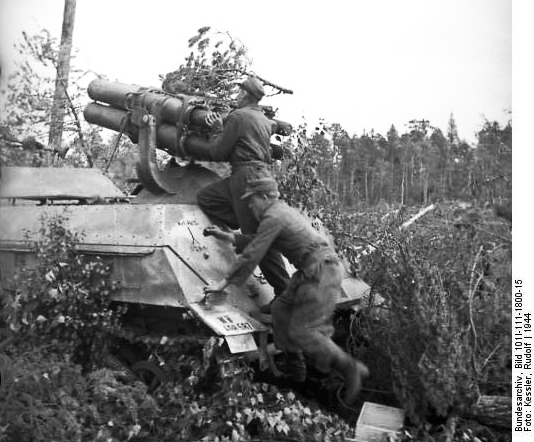
Panzerwerfer in Northern Europe, being reloaded by its crew - Credits: Bundesarchiv.
The operators and loaders were seated inside the front part of the rear compartment, with large hatches above. For self defense, these vehicles depended on a single pintle-mounted MG 34/42 located at the back of the driver cab. The flat sides received three storage boxes for tooling and equipment. 10 extra rounds were stored under the launcher, and could be accessed for reloading through rear doors. 20 rockets were carried in total, enough for two salvos. Up to 40 more could be carried by the Sd.Kfz.4 supply vehicles attached to each brigade.
The 15cm Nbw 41
These rockets were first developed after the battle of France, were spin-stabilized and could be fitted with gas, smoke and high-explosive warheads. Their peculiarity was that the rocket motor was in the front, the exhaust being about two-thirds down the body from the nose. This was meant to optimize the blast and fragmentation, as the payload would explode above the ground when detonated, but complicated manufacture. These projectiles could reach a speed of 145 meters per second (480 ft/s), with a maximum firing range of 1,925 meters (2,105 yd) or 2,200 meters (2,400 yd).Production & variants
The regular version was armed with the 150 mm (5.9 in) Nebelwerfer 42 and a single machine-gun. In all, 300 Sd.Kfz.4/1s were produced by Opel from April 1943 to March 1944, with an extra batch of Sd.Kfz.4s being converted to Sd.Kfz.4/1s in June 1944. After the production was launched, some vehicles tested a 24 rail arrangement with the 80 mm (3.15 in) R-Vielfachwerfer (multiple rocket launcher), only used by the Waffen SS. These rockets had a practical range extended to 6700 meters (4 mi).Munitionskraftwagen für Nebelwerfer Sd.Kfz.4
The supply vehicle was based on the same chassis but with a different, lower (2.5 m/8ft3) hull. It was lighter (7.1 tonnes), with a crew of 3, and was only armed with the pintle-mounted MG 34. 289 Sd.Kfz.4s were produced by Opel.The Sd.Kfz.4 in action
Both kinds of vehicles were used to equip all Nebeltruppen brigades. These were attached organically to infantry units on nearly all fronts, except North Africa. The bulk were used in Russia. These vehicles were also used in Normandy and France, Italy, the Low Countries and Germany. They quickly received the nickname "Screaming Mimi" from Allied troops, due to the distinctive noise the rockets made when fired. They were also feared because of the saturation effect in their blast area, despite their noticeable lack of accuracy.
Sd.Kfz.4/1 PzWf specifications |
|
| Dimensions | 6.02 x 3.05 x 2.17 m (19.7 x 10 x 7.11 ft) |
| Total weight, battle ready | 8.5 tons (17,000 lbs) |
| Crew | 4 (driver, commander, 2 operators) |
| Propulsion | Opel 3.6l 6-cylinder, gasoline, 68 hp |
| Top speed | 40 km/h (25 mph) |
| Maximum range | 130 km (80 mi) |
| Armament | 10 x 150 mm (5.9 in) Nebelwerfer 42 launch tubes, 20-40 rounds 7.92 mm (0.31 in) MG 34/42 with 2000 rounds |
| Armor | Front 10 mm, sides 6 mm, bottom 4 mm (0.4/0.24/0.16) |
| Production (combined) | 589 |
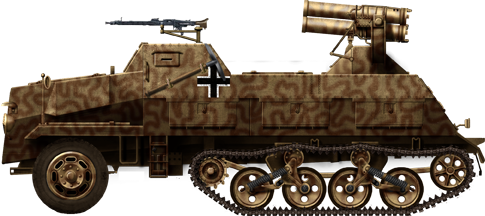
Sd.Kfz.4/1 on the Eastern Front, 1943.
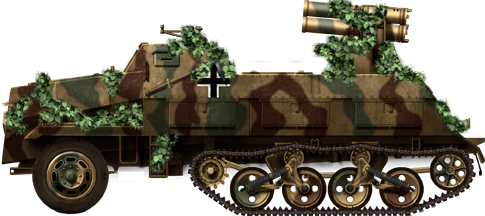
Sd.Kfz.4/1 in Normandy, summer 1944.
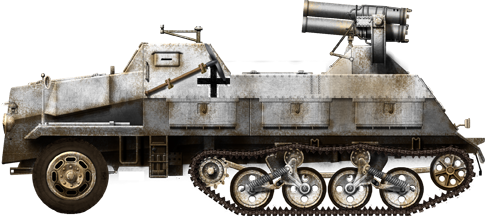
Sd.Kfz.4/1, Eastern front, winter 1944-45.
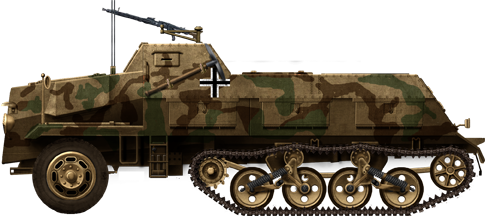
Munitionskraftwagen für Nebelwerfer Sd.Kfz.4, Eastern front, 1944.
Gallery
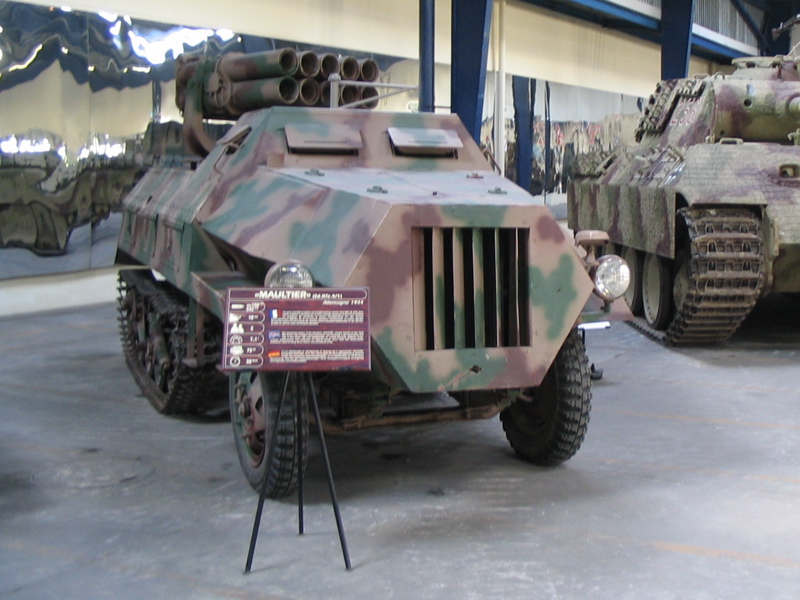
Panzerwefer at the Saumur Museum. This vehicle was captured in Normandy.
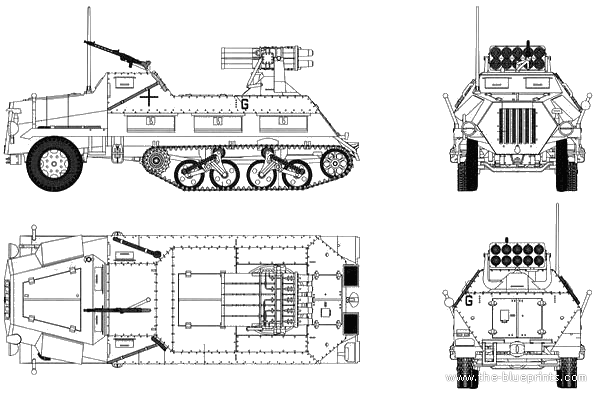
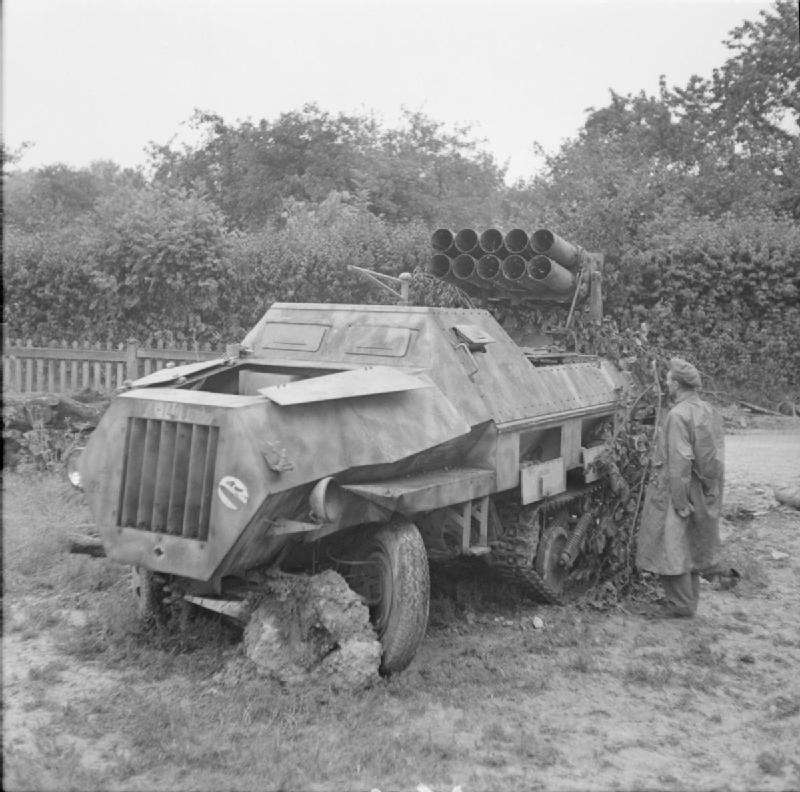
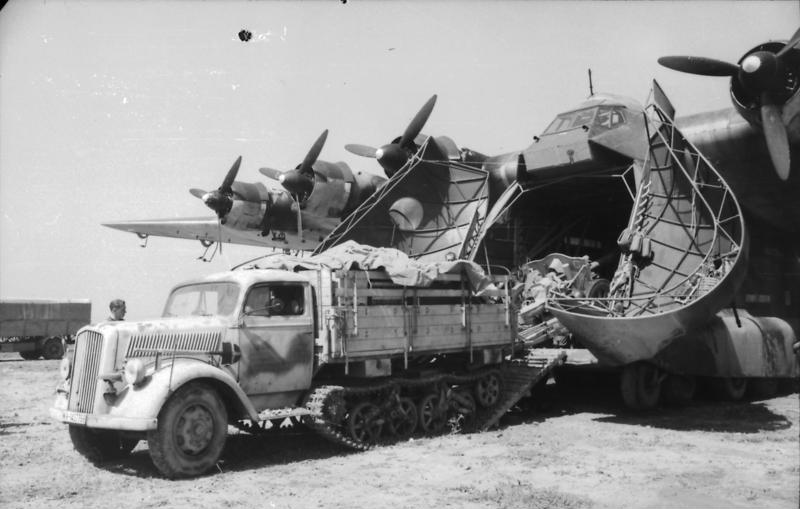
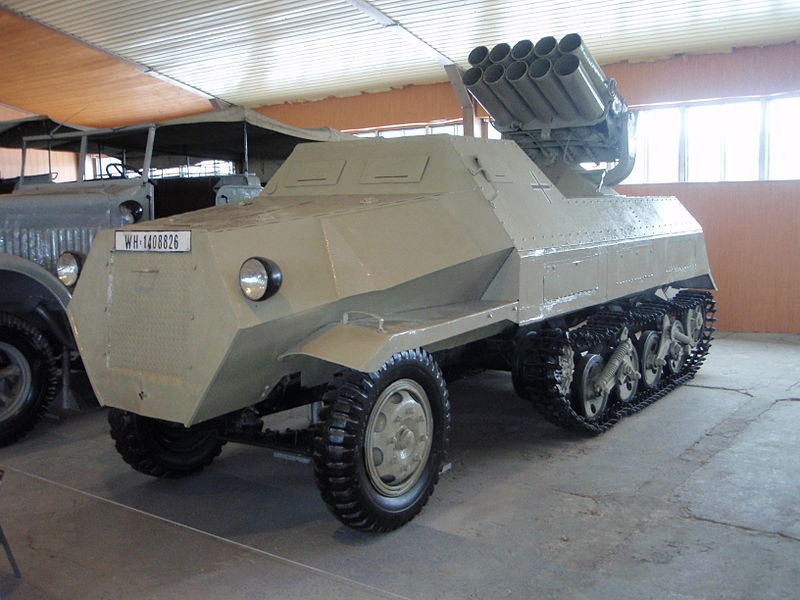
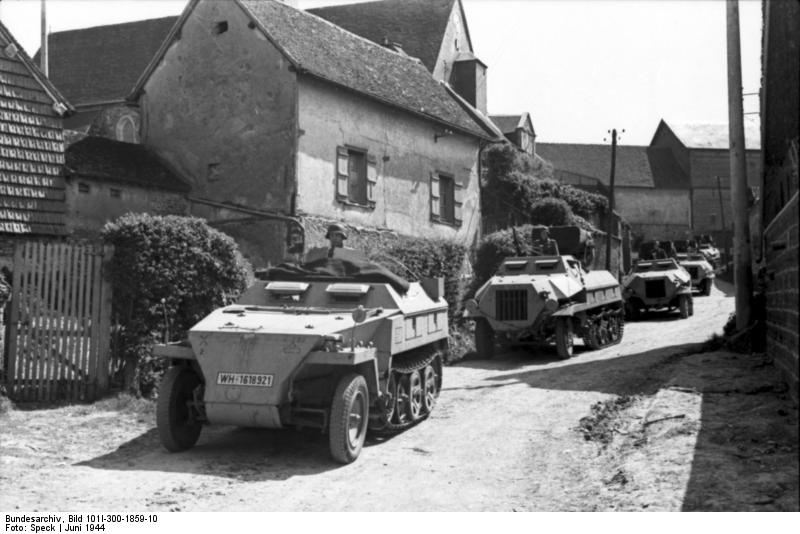

Germans Tanks of ww2

WW2 Tanks




























WW2 tanks posters

All Tiger tanks liveries.

Panther liveries and variants

WW2 Armour - All tanks











Tanks aces and single tanks series

Find more there

Museums, Movies, Books & Games
The Tanks and Armor in pop culture
Tanks and armored vehicles in general are only really grasped when seen first person: The mass, the scale, it's all there. Explore also the way tanks were covered in the movie industry, in books and in video games.Movies:
Best tanks movie on warhistoryonline.com
On imdb.com
On bestsimilar.com/
miltours.com
liveabout.com/
watchmojo.com
Video Games:
pcgamesn.com
historyhit.com
levvvel.com
vg247.com/best-tank-games
mmobomb.com/
alienwarearena.com

